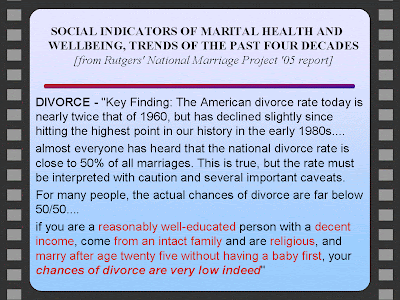


Two recent statements from the Vatican have received a flurry of published commentary, including your own July 13th editorial. You state that, “Only days ago Benedict XVI revived the old Latin Mass. Now he has made an even bigger splash by reaffirming the primacy of the Catholic Church and declaring that Catholicism provides the only true path to salvation.” As the Holy Father has bemoaned to his brother bishops, “News reports and judgments made without sufficient information have created no little confusion.”
I assume that the Courier Times is referring to Pope Benedict XVI’s July 7th apostolic letter and the Congregation for the Doctrine of the Faith’s July 10th "Responses to some Questions Regarding Certain Aspects of the Doctrine on the Church." As you were unable to correctly identify the authorship of the latter, I suspect that you have not actually read either statement.
Simply put, Pope Benedict XI’s apostolic letter, “Summorum Pontificum,” allows for a much wider use of the Latin Mass. However, the overwhelming number of Masses will continue to be celebrated in the vernacular languages. As we supposedly live in a more open and enlightened era, why would anyone possibly have a problem with this? Well, Benedict XVI identifies two, sometimes-unspoken, fears:
- “In the first place, there is the fear that the document detracts from the authority of the Second Vatican Council, one of whose essential decisions – the liturgical reform – is being called into question….
- “In the second place, …that the possibility of a wider use of the 1962 Missal would lead to disarray or even divisions within parish communities.”
- The Holy Father sees both of these fears as unfounded. Be that said, he invites his brother bishops “to send to the Holy See an account of your experiences, three years [down the road]….If truly serious difficulties come to light, ways to remedy them can be sought”
On July 10th, the Vatican ’s Congregation for the Doctrine of the Faith issued "Responses to some Questions Regarding Certain Aspects of the Doctrine on the Church" which clarifies the “authentic meaning of some ecclesiological expressions used by the Magisterium which are open to misunderstanding in the theological debate.” There is absolutely no radical theological reversal contained in this statement. Nothing deviates from the Catechism of the Catholic Church or the Compendium of the Catechism. As an English language translation is available online, truly interested readers need not rely upon ill-informed commentary.
Your editorial takes an ad hominem swipe at the Holy Father, accusing him of “blackballing a whole lot of human beings.” Shame on you. You also accuse him of trying to sabotage Vatican II: “In what is partly an effort to reconnect with the church's traditional, conservative roots, he seems to have taken the opportunity given to any leader of the world's…Roman Catholics to point the church in a particular direction. Backwards.” As this Holy Father is speculated to have been – as a young theologian - a ghostwriter for one of the council’s most important documents (i.e., Lumen Gentium - the Dogmatic Constitution on the Church), your statement is particularly off base. I enthusiastically encourage you to actually read the 16 documents of Vatican II and to refrain from ignorant commentary.
References
- Catechism of the Catholic Church <www.vatican.va/archive/ENG0015/_INDEX.HTM>
Compendium of the Catechism <www.vatican.va/archive/compendium_ccc/documents/archive_2005_compendium-ccc_en.html>. - Congregation for the Doctrine of the Faith, Responses to some Questions Regarding Certain Aspects of the Doctrine on the Church <www.ewtn.com/vnews/getstory.asp?number=80675>.
- Documents of Vatican II <www.vatican.va/archive/hist_councils/ii_vatican_council/index.htm>
- Pope Benedict XVI’s letter to bishops, accompanying “Summorum Pontificum” <www.ewtn.com/library/PAPALDOC/b16SummorumPontificum2.htm>
- Pope Benedict XI’s “Summorum Pontificum” <www.ewtn.com/library/PAPALDOC/b16SummorumPontificum.htm>





























































